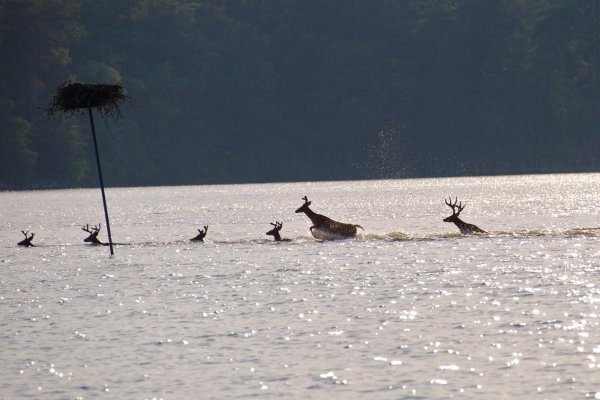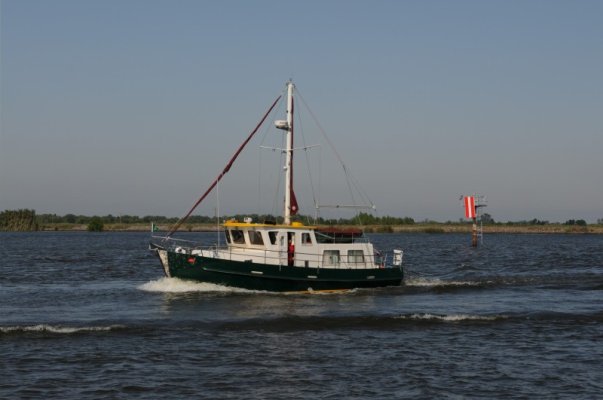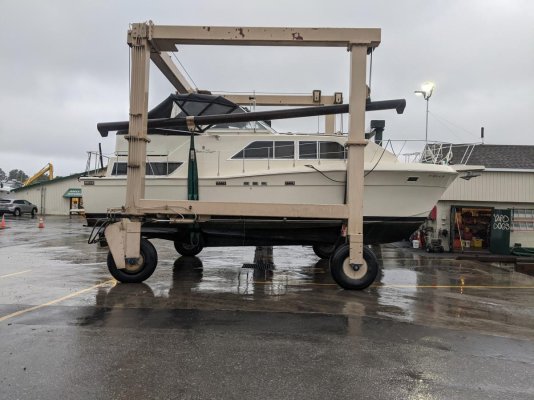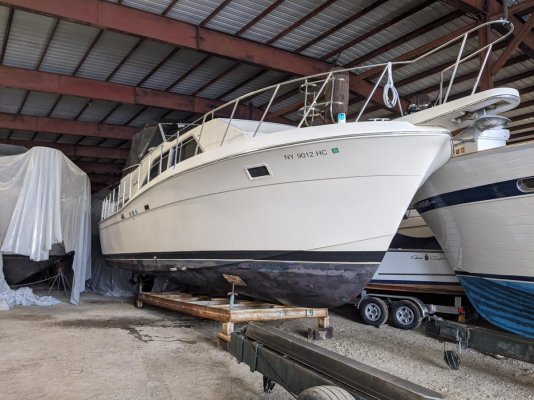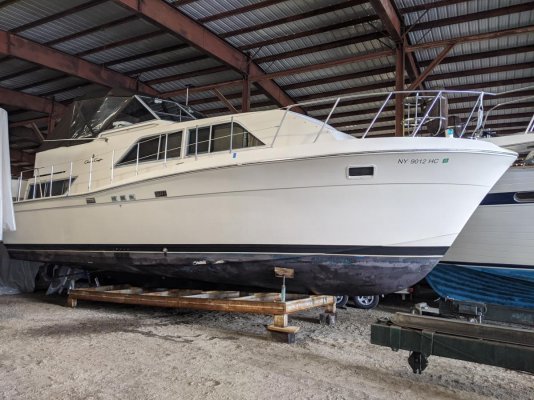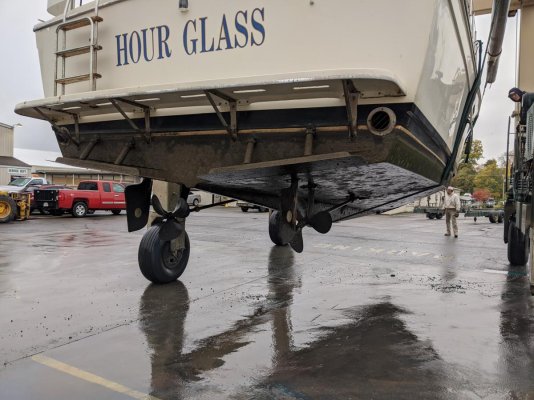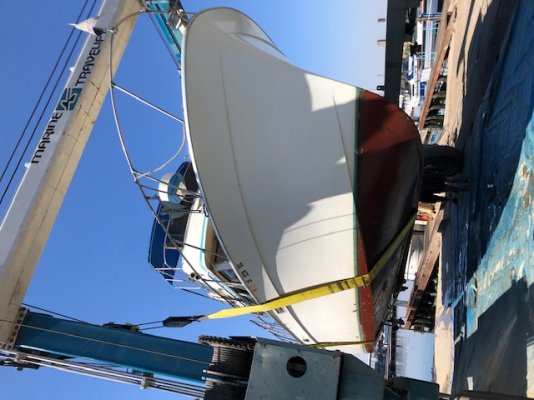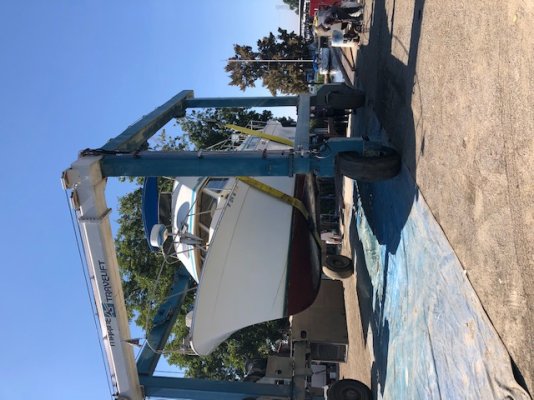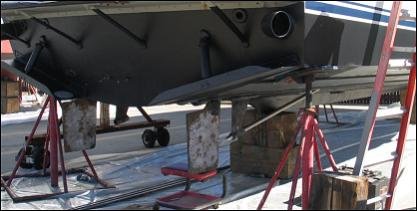phillippeterson
Senior Member
- Joined
- Nov 11, 2020
- Messages
- 384
Hi, We want to learn about full displacement versus semi displacement. This has surely been discussed but I can't find any threads. I don't want to annoy anybody with a rehash, so if you have a link about previous threads please post it.
I know enough about the hull shapes and speeds but want to learn more about pros and cons, re: how is the ride, how is the roll at anchor, what is maneuverability, etc..
I know enough about the hull shapes and speeds but want to learn more about pros and cons, re: how is the ride, how is the roll at anchor, what is maneuverability, etc..

